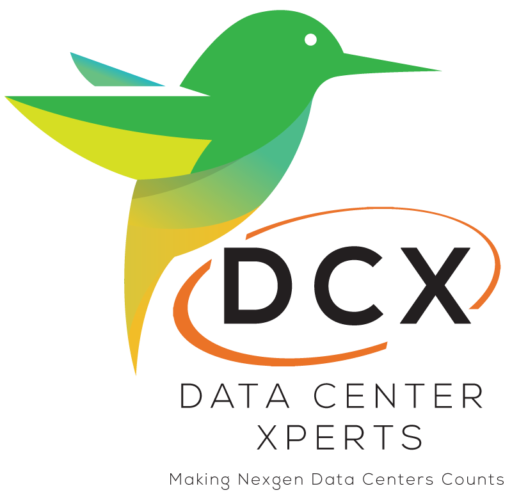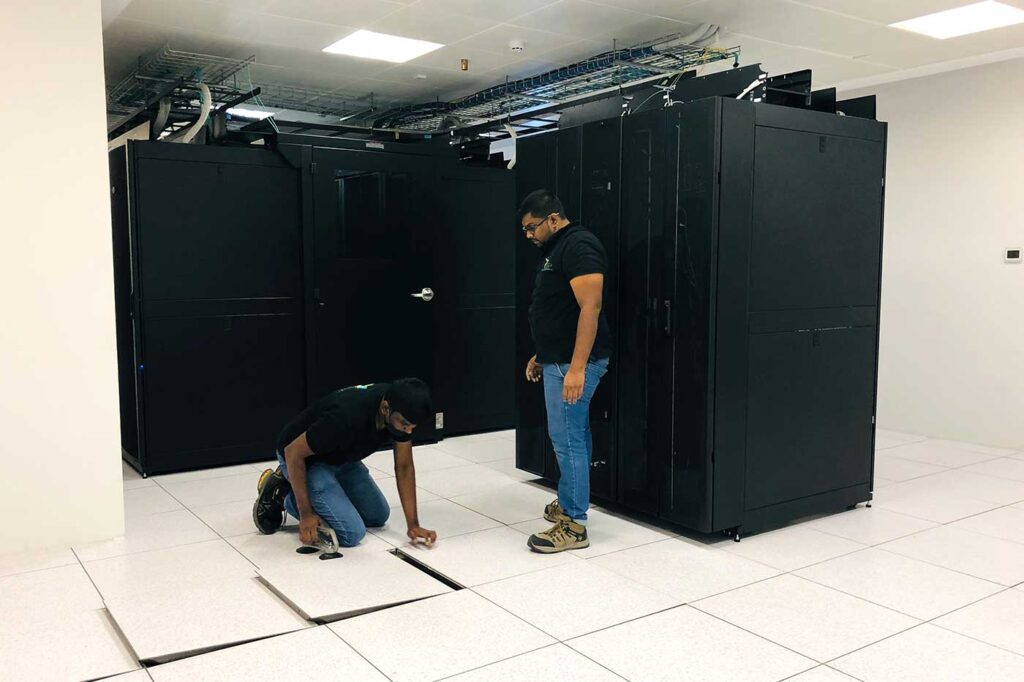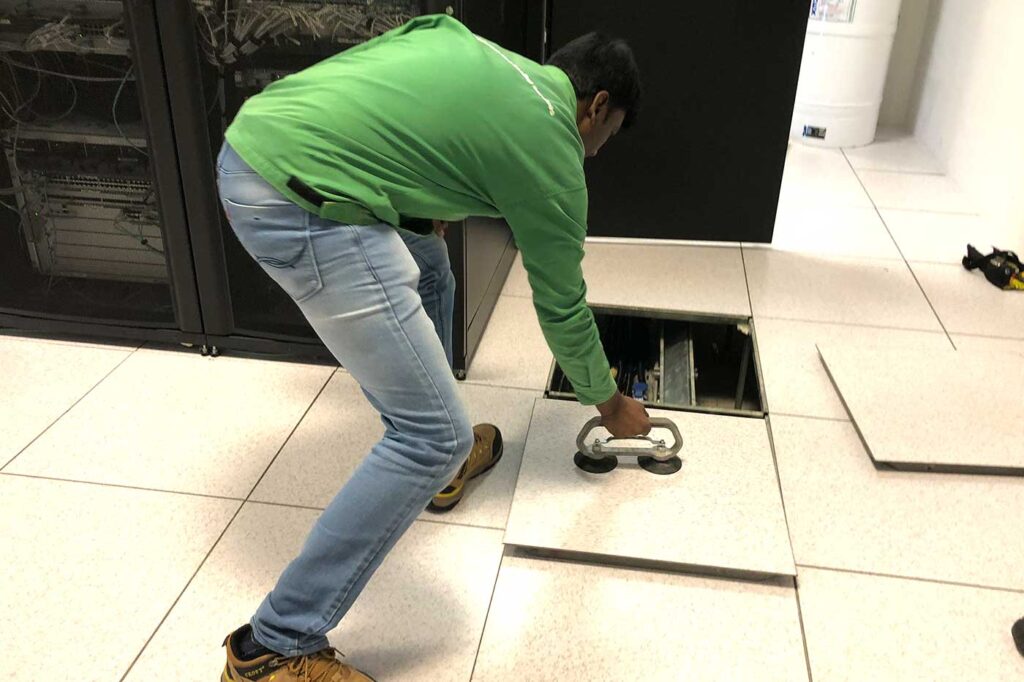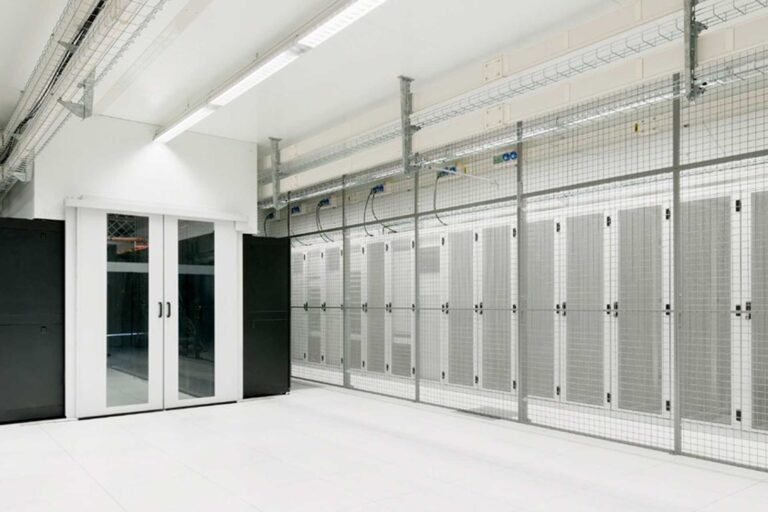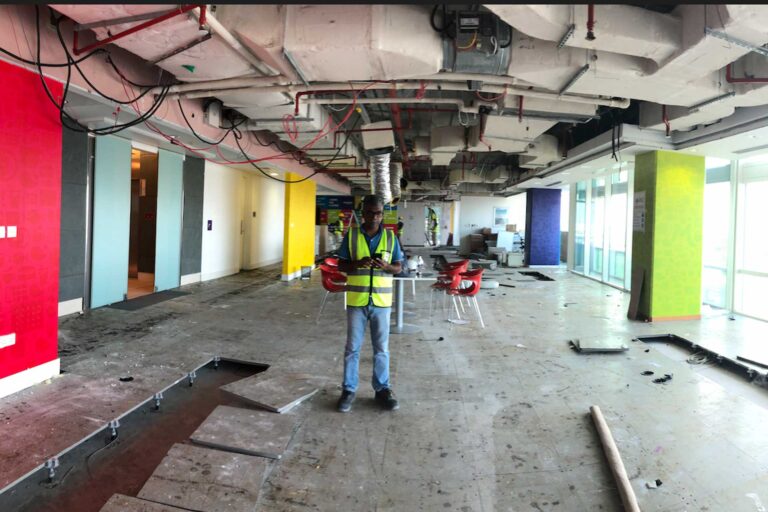A Data Center or information center (sometimes spelled datacenter or data centre) is a centralized white space repository, either physical or virtual, for the storage, adminstration, and dispersal of data and information organized around a specific body of knowledge or pertaining to a particular business.
A Data Center basic knowledge, is a facility used to house computer systems and associated components, such as telecommunications and storage systems. It generally includes redundant or backup power supplies, redundant data communications connections, environmental controls (e.g., air conditioning, fire suppression) and various security devices. Large data centers are industrial scale operations using as much electricity as a small town.
A Data Center, or datacenter, from design perspective, the work start with data center controls checklist that requires extensive redundant or backup power supply systems, cooling systems, redundant networking connections and policy-based security systems for running the enterprise’s core applications.
To ensure data center energy efficiency, the management of the Data center involves ensuring the reliability of both the connections to the data center as well as the mission-critical information contained within the data center’s backup and storage systems. It also entails efficiently placing application workloads on the most cost-effective compute resource available.
In the past 15 years, the Data Centers in UAE and Data Centers in Dubai start following the global shape trend of well-articulated and specified data center operations.
What is The Objective of Building Data Center
A Data Center operation, which enables corporates to collect its resources and infrastructure for data processing, storage and communications, includes the following:
- Systems for storing, sharing, accessing and processing data across the organization;
- Physical infrastructure for supporting data processing and data communications; and
- Utilities such as cooling, electricity, network security access, uninterruptible power supplies (UPS’s) and data center generator
Gathering all these resources in a data center enables the corporate to do the following:
- Protect proprietary systems and data;
- Centralize IT and data processing employees, contractors and vendors;
- Apply information security controls to proprietary systems and data; and
- Realize economies of scale by consolidating sensitive systems in one place.
Below is an illustration for Schneider Electric Data Center 1MW reference design showing the various components for the structural built starting from data center levels, distributed data center architecture, white space allocation, data center profile, data center building requirements, data center security cage, data center servers, data center power design, data center UPS room, Battery room, Electrical Room, Indoor and Outdoor Power Generation, Critical Cooling or data center water cooling, Mechanical Room, data center outdoor heat rejection.
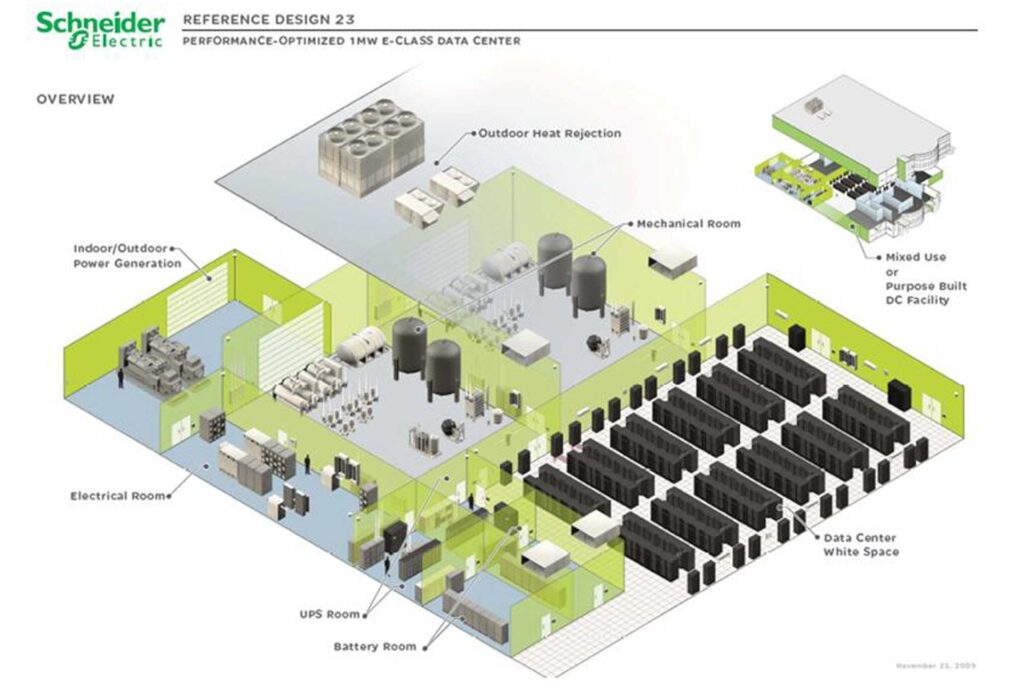

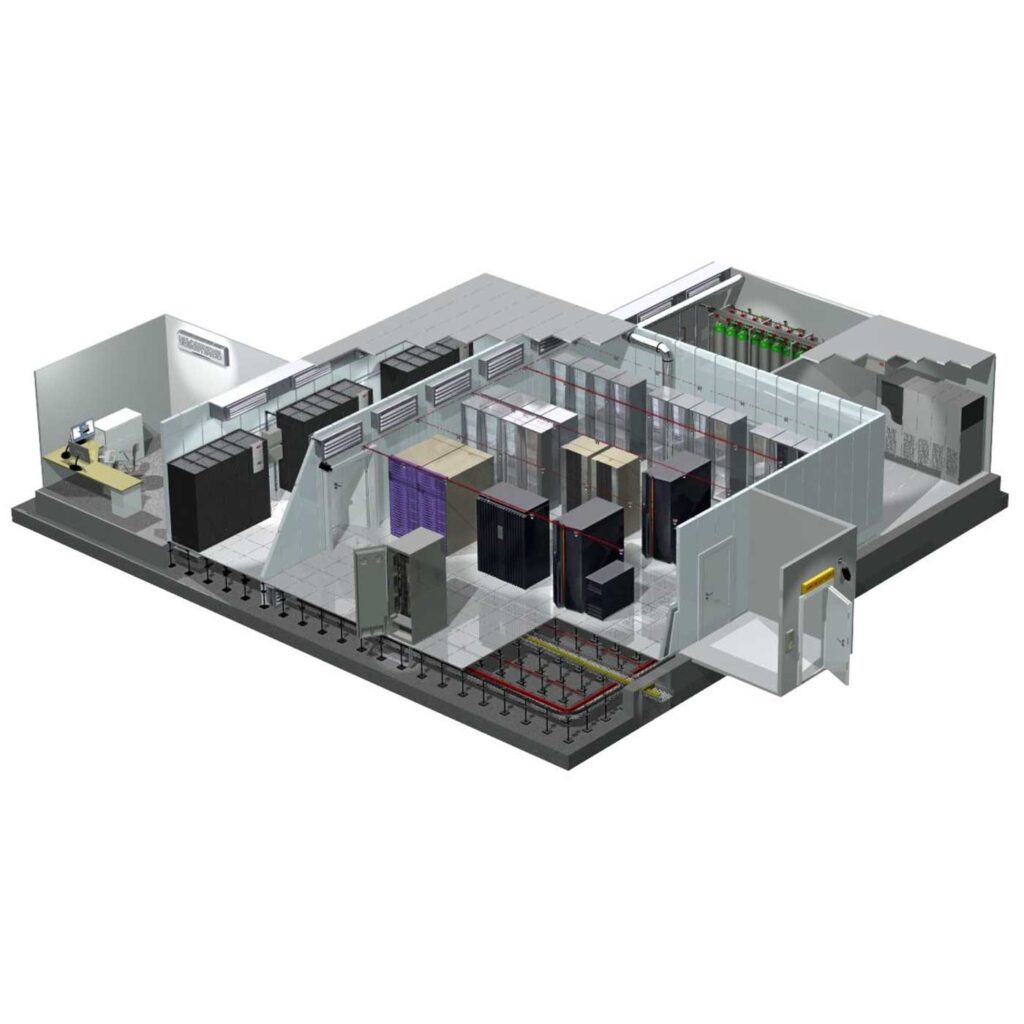
The Importance of Data Center
Data centers support almost all compute power, SAN or NAS data storage RAID 5 configuration, modern data center network architecture; Gigabit network transmission, data center asset management software (DCIM), data center billing, business applications for the enterprise, distributed databases and many more. To the extent that the business of a modern enterprise is run on computers, the data center is the business.
If we’ve learned anything this past year, disruption, agility and resiliency are essential to modern Industry. Francisco Betti, World Economic Forum and I discuss what bold moves are critical and how #UniversalAutomation is the future of Industry. #IndustriesOfTheFuture.
Peter Herweck’s Post, Schneider Electric CEO
Data centers enable corporates to focus on the following:
- Information Technology (IT) and data processing center for personnel;
- IOT data center computation for AI and ML; mainly at Edge data center
- Edge computing data center and network connectivity infrastructure; and
- Computing facility security.
.
What is Data Center Consolidation?
Modern businesses may use two or more data center installations across multiple locations for greater availability, redundancy, resilience and better application performance, which lowers latency by locating workloads closer to users. Workloads closer to users refer in most times to “Edge Data Center”
Conversely, a business with multiple data centers may opt to consolidate data centers, reducing the number of locations in order to minimize the costs of IT operations. Consolidation typically occurs during mergers and acquisitions when the majority business doesn’t need the data centers owned by the subordinate business.
